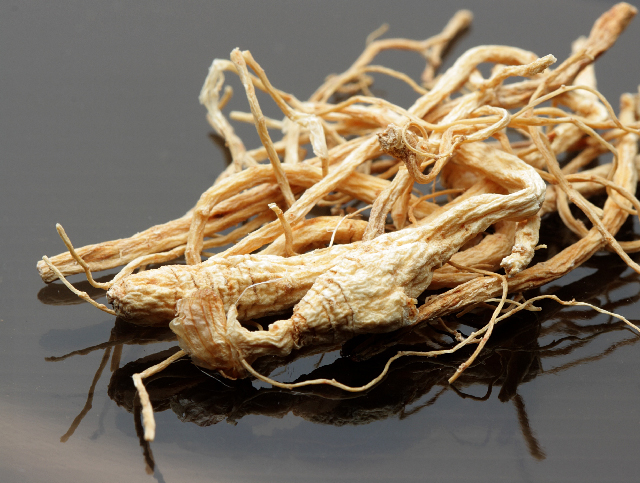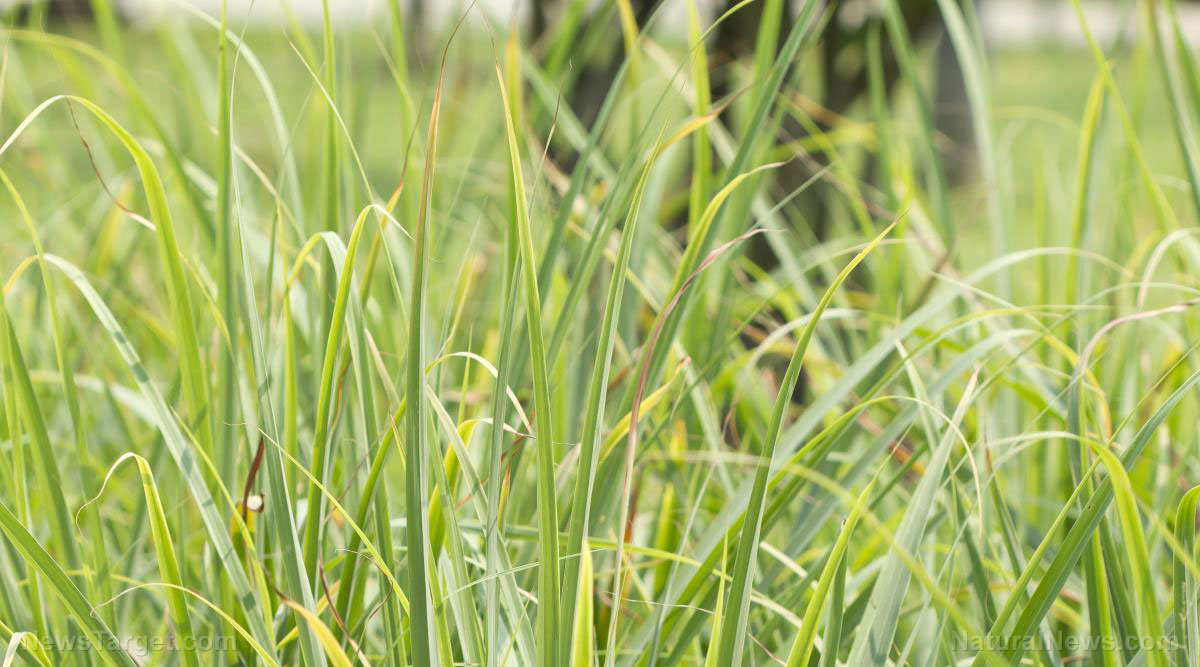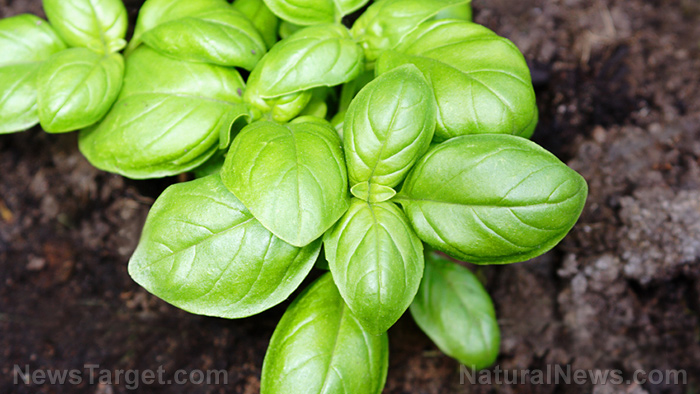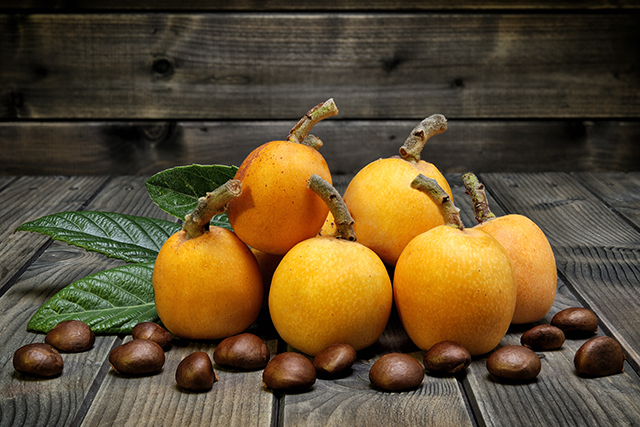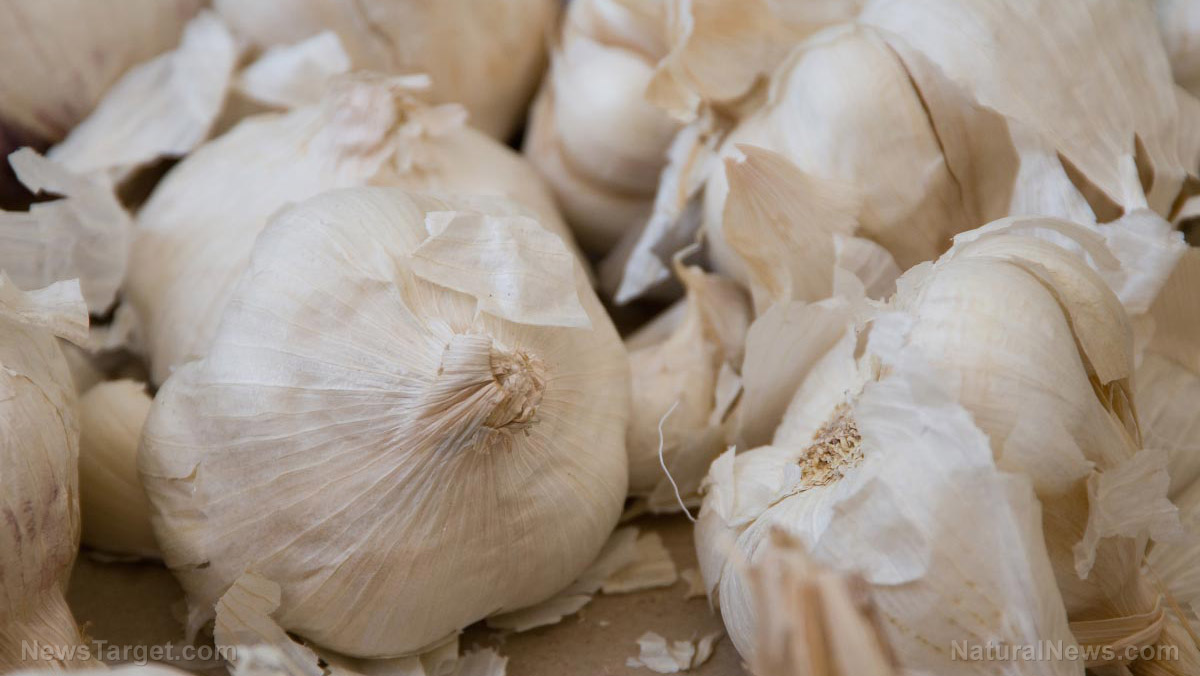Scientists document how essential oils can be used as natural fungicides
03/15/2021 / By Evangelyn Rodriguez

Essential oils are concentrated, phytonutrient-rich extracts that capture the scent and flavor of plants. They are usually obtained through distillation or mechanical methods like cold pressing. Essential oils are known for their many uses, such as in aromatherapy, where they are said to help relieve pain and reduce stress and anxiety. Some of these useful natural products also possess antimicrobial properties that work well against bacterial and fungal infections. But these properties are not only applicable to humans; they can also be used for the benefit of plants.
In a recent study, researchers at the Federal University of Tocantins in Brazil evaluated the efficacy of a few select essential oils as fungistatic agents. Unlike fungicides, which destroy fungi, fungistatic agents inhibit the growth of fungi. The researchers looked at the ability of essential oils extracted from Ocimum pupuraceus, Cymbopogon nardus, Cymbopogon citratus and Lippia sidoides to prevent the growth of Bipolaris maydis, the fungus that causes southern corn leaf blight in maize. They reported their findings in an article published in the Journal of Medicinal Plants Research.
This fungistatic essential oil can be used to protect corn crops from fungal disease
Recently, research institutions have been emphasizing the use of alternative disease control agents because they offer beneficial effects on human and animal health, as well as the ecosystem. Chemical fungicides and fungistatic agents, on the other hand, pose plenty of dangers to living organisms. Not only are these pesticides toxic to beneficial plants, aquatic animals and essential pollinators, but long-term exposure to them can also lead to neural and visual disturbances in humans. Studies also suggest that occupational exposure to these hazardous chemicals has led to an increased incidence of cancer, Parkinson’s disease, Alzheimer’s disease, reproductive disorders and birth defects among agricultural workers.
In a bid to find effective alternatives, the researchers focused on essential oils derived from plants with reported antifungal properties. O. pupuraceus, commonly known as dark opal basil, is a sweet herb that belongs to the mint (Lamiaceae) family. It is a cultivar of sweet basil, whose essential oil is known for its antifungal activities. (Related: Peppermint essential oil exhibits powerful antifungal activity.)
Cymbopogon nardus, or citronella, is an aromatic grass that grows in East and South Africa and East Asia. Its essential oil is used in a variety of applications, such as to flavor foods, add scent to household products (e.g., detergents, soaps, sprays), make perfumes or repel insects. According to several studies, citronella oil is also effective against common fungal pathogens, such as Aspergillus niger and Candida albicans.
Cymbopogon citratus, or lemongrass, is a plant widely used in tropical countries for culinary and medicinal purposes, especially in aromatherapy. Rich in active phytochemicals, it is credited with having anti-amoebic, antibacterial, antidiarrheal, anti-inflammatory and antifungal properties. Lemongrass essential oil has been found to inhibit spore production in various plant fungal pathogens.
Lippia sidoides, also known as pepper-rosmarin, is an aromatic plant whose leaves are widely used in folk medicine. Because of the strong antibacterial and antifungal activities exhibited by pepper-rosmarin essential oil, it is considered by researchers as one of the most promising natural antimicrobial agents on the planet.
The researchers tested these essential oils against B. maydis to determine if they can be used to protect maize from Southern corn leaf blight, a devastating disease that causes corn crops to wither or completely rot. They also analyzed the phytochemical composition of the oils to identify their active components.
Among the oils studied, only pepper-rosmarin essential oil effectively inhibited B. maydis mycelial growth and conidial germination. At a low concentration of 0.1 percent, the oil also reduced disease severity in corn by more than 54 percent. At concentrations ranging from 0.75 to 3 percent, however, the essential oil proved to be phytotoxic. Phytochemical analysis revealed that thymol is the main active component of pepper-rosmarin essential oil.
Based on these findings, the researchers concluded that pepper-rosmarin essential oil can be used to prevent and treat Southern corn leaf blight in maize.
Sources include:
Tagged Under: agriculture, Antifungal, crop diseases, environment, essential oils, fungistatic agents, green living, harvest, organic farming, pepper-rosmarin, phytonutrients, research, Southern corn leaf blight
RECENT NEWS & ARTICLES
Herbs.News is a fact-based public education website published by Herbs News Features, LLC.
All content copyright © 2018 by Herbs News Features, LLC.
Contact Us with Tips or Corrections
All trademarks, registered trademarks and servicemarks mentioned on this site are the property of their respective owners.




